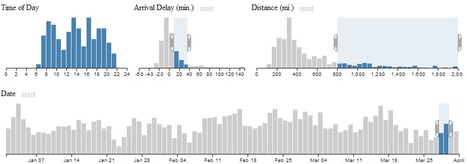Closures are one of the most powerful tools in JavaScript; they can help you write faster, cleaner, and safer code. No matter if you are using AngularJS, EmberJS, JQuery or another framework, closures are an invaluable tool you should be taking advantage of. Lets review the how and why of closures, and give you some examples to play with on your own.
Research and publish the best content.
Get Started for FREE
Sign up with Facebook Sign up with X
I don't have a Facebook or a X account
Already have an account: Login

Keeping track of current JavaScript Frameworks that help design your clientside Business Logic Layers.
Curated by
Jan Hesse
 Your new post is loading... Your new post is loading...
 Your new post is loading... Your new post is loading...
No comment yet.
Sign up to comment
|
|














